WITHOUT TRAP OR CARDBOARD..!! WITH BASAL AND HYBRID IMPLANTS
There are even Master’s degrees in Peri-implantitis when the fundamental problem lies in the design of the implant itself.
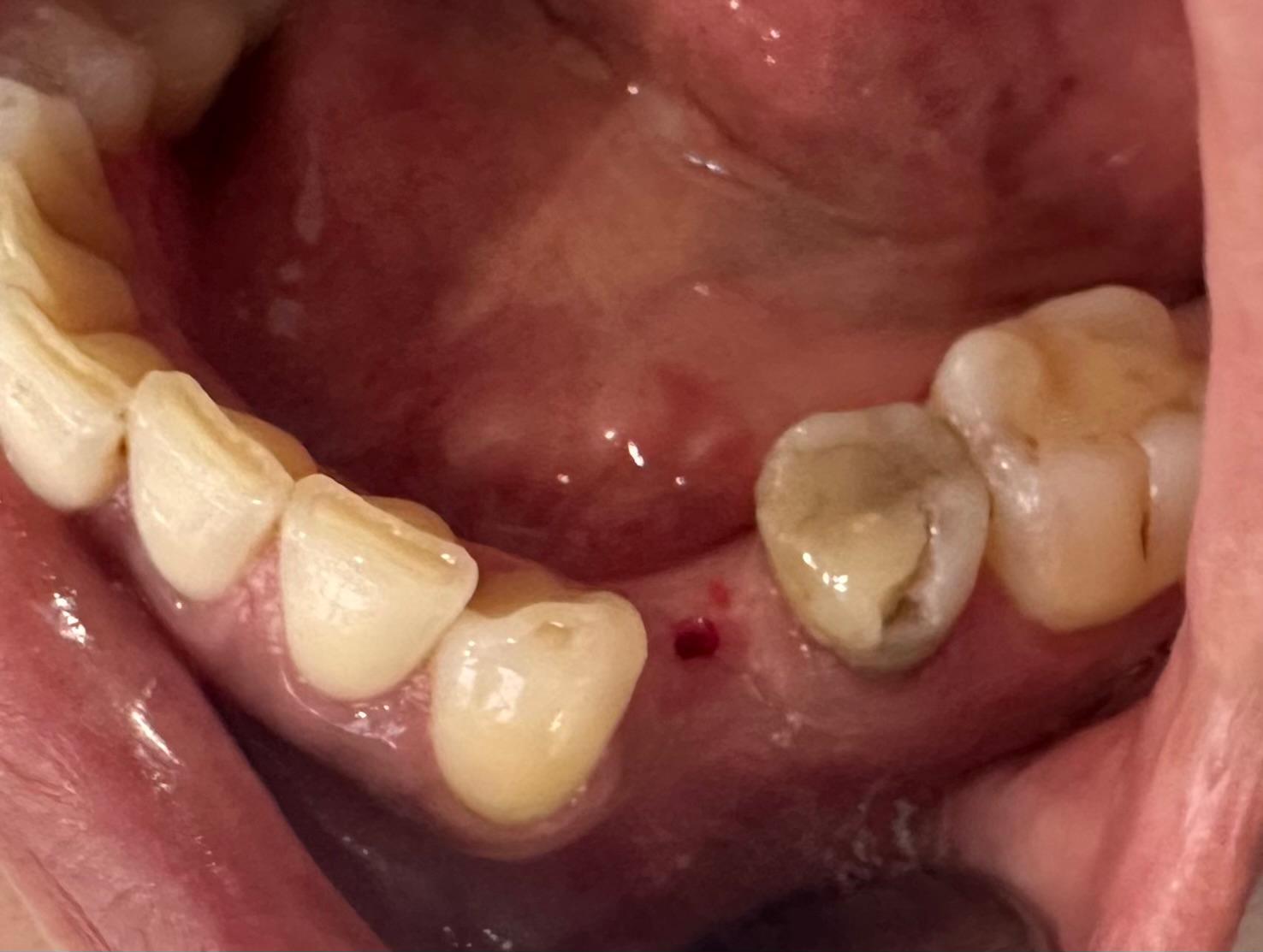
The patient had a complicated extraction few months ago and now wanted an aesthetic solution as she wore a very uncomfortable removable prosthesis. My plan also included a crown on the adjacent tooth, endodontically treated and with a partial fracture, and both pieces splinted. This way we kill two birds with one stone, providing stability to the implant, resistance to fracture to the endodontically treated tooth, and gaining immediate aesthetics. Yes, teeth and implants can be joined as long as they have a similar level of stability.
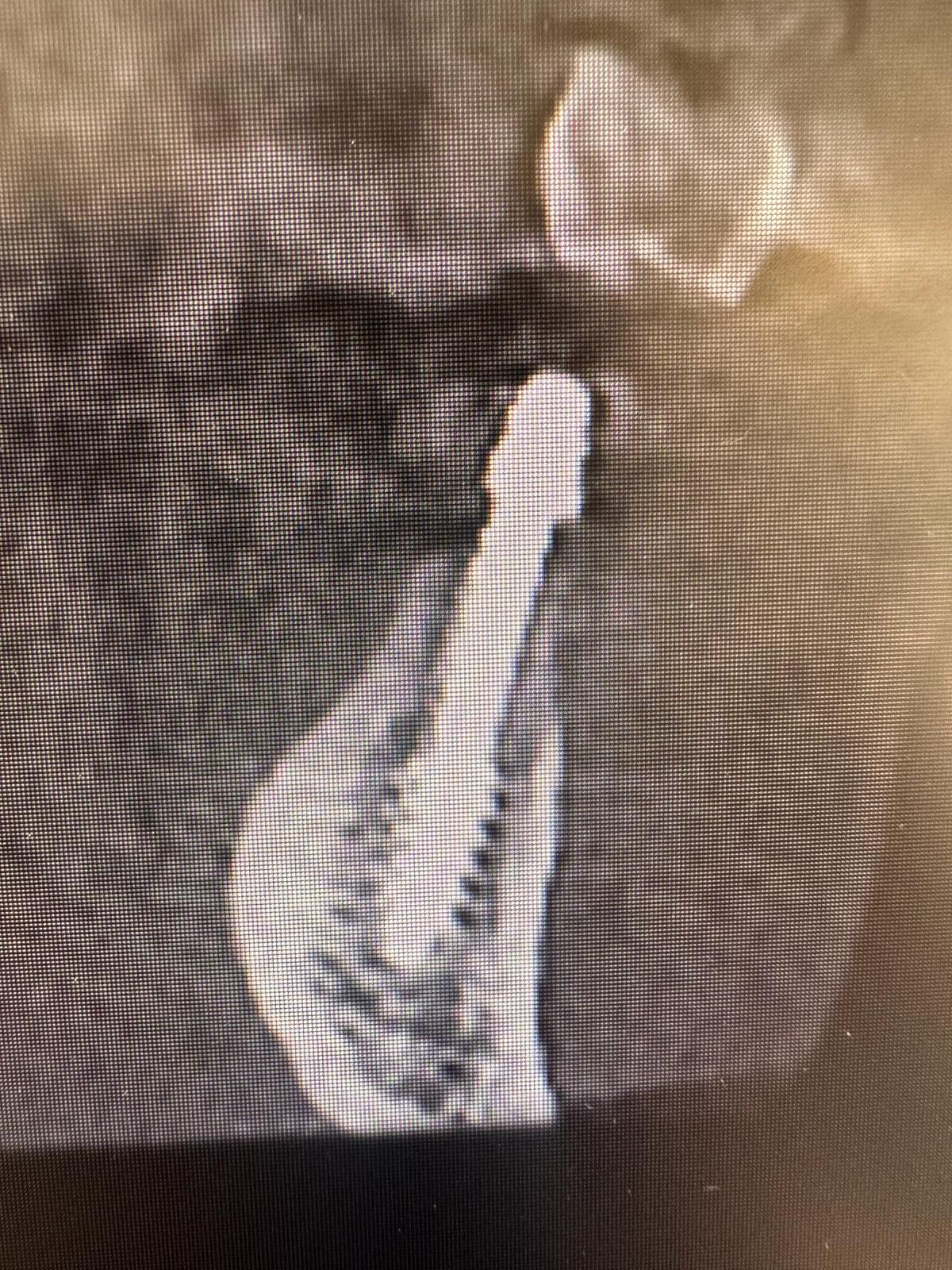
I find it curious how an implant with a diameter of 3.5mm can fit into a 2mm diameter hole. Conventional implantology involves much more aggressive bone bed preparation, but in these types of interventions, SPEED AND ACCURACY are the clues . The less time the drill is in contact with the bone, the less inflammation it will produce.
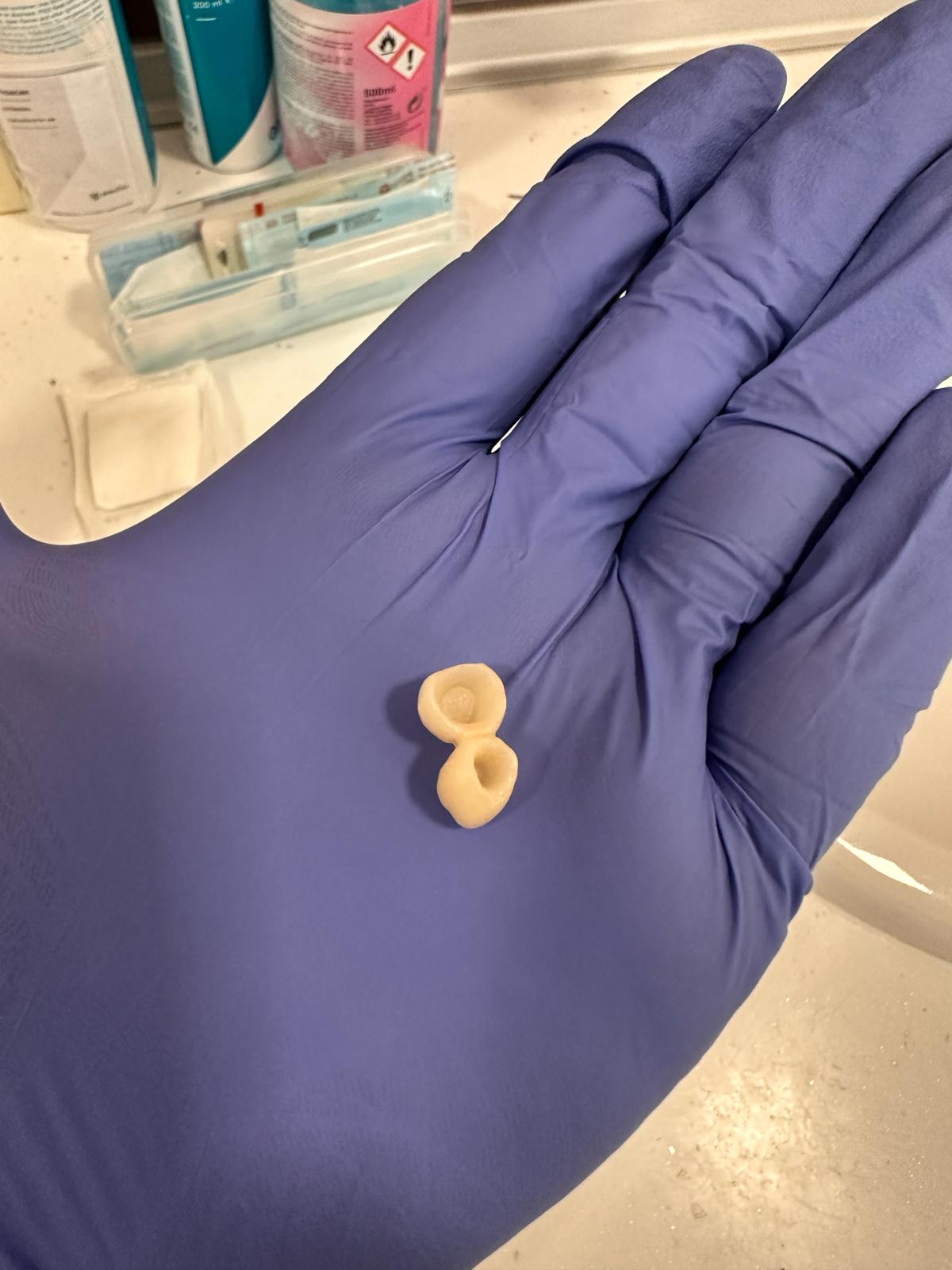
This implant, having surface-treated threads, is hybrid and it is not strictly necessary to place it in contact with the internal basal bone. It has a relative “compression” effect.
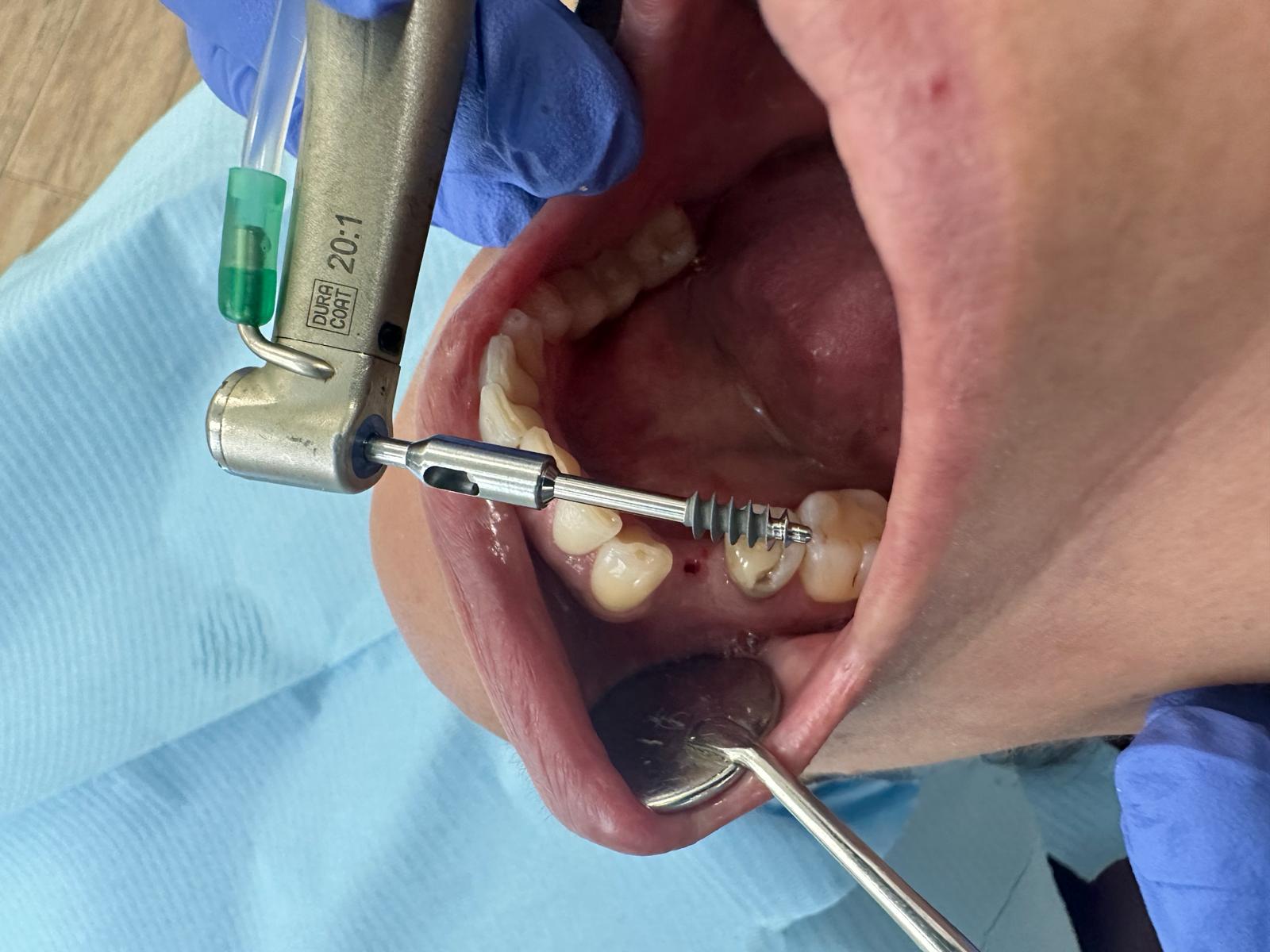
The implant has immediate and spectacular primary fixation. A prep of the abutment was made, scanned with a Medit 700 intraoral scanner, 24 hours later, permanent cementation with GCAM (PMMA plus Graphene). No inflammation, no stitches, no pain, no waiting, it’s truly delightful to have this technology within your reach.
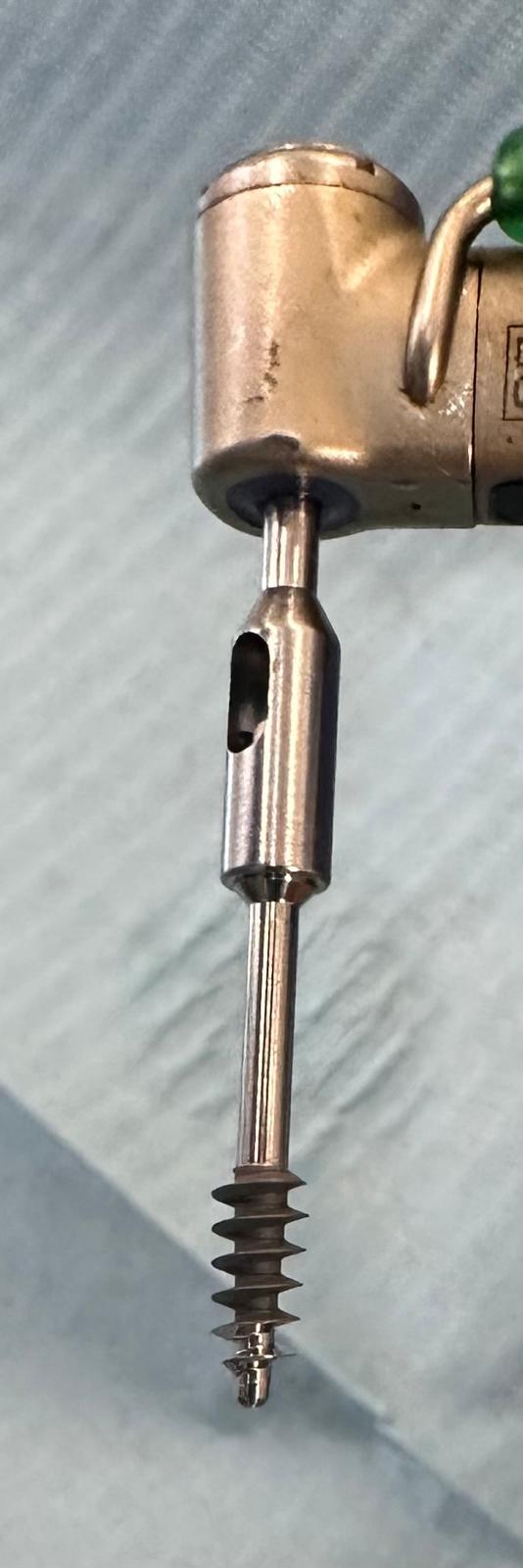
As evidenced by the images that you can see in detail on our YouTube channel.
